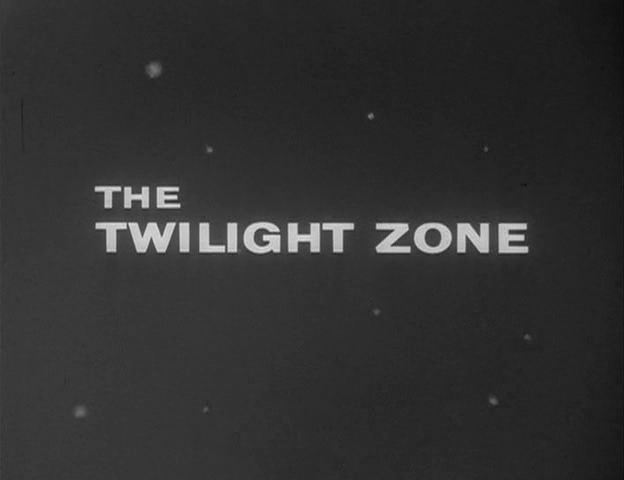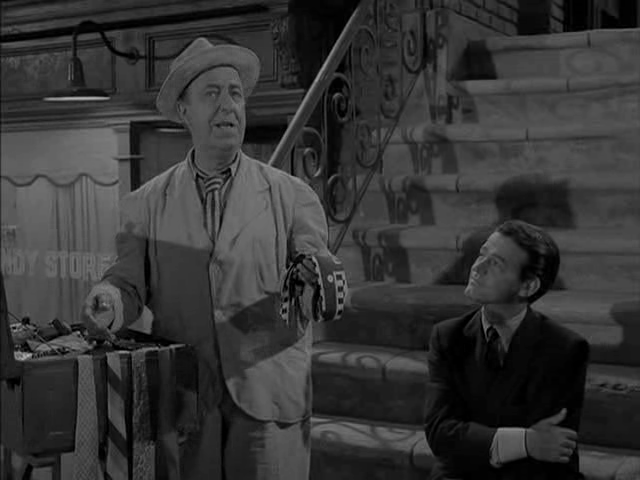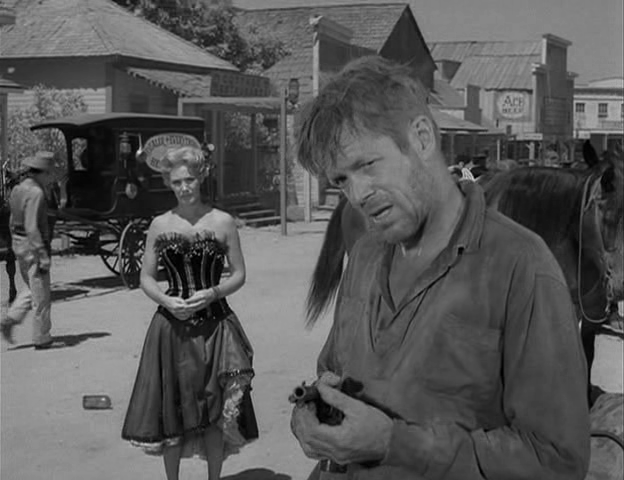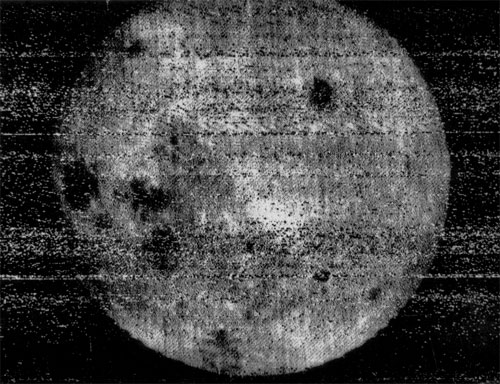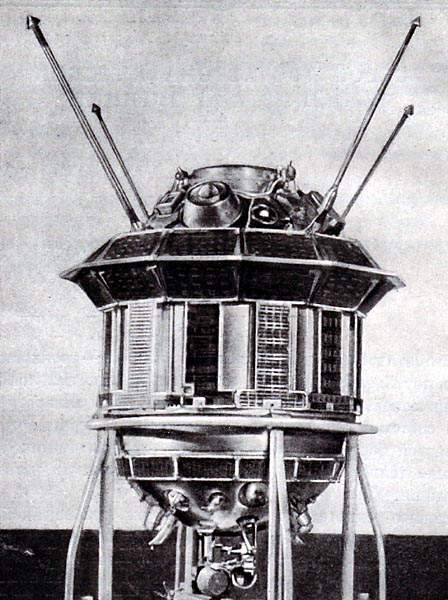With the recent American lunar triumph, it is appropriate to take a look back at the long road that winds from Sputnik and ends in Oceanus Procellarum…

by Gideon Marcus
Shooting the Moon
It all began with a dream.
The Moon has captured our imaginations since we were first definably human. Some two thousand years ago, the Greeks learned that the Moon was our closest celestial companion; it took another 1800 years for Galileo to determine that it was a spherical body, not unlike the Earth.
It is no surprise that this discovery spawned some of our earliest science fiction stories: Godwins's The Man in the Moone, Verne's From the Earth to the Moon, Wells' recently cinemized The First Men in the Moon.
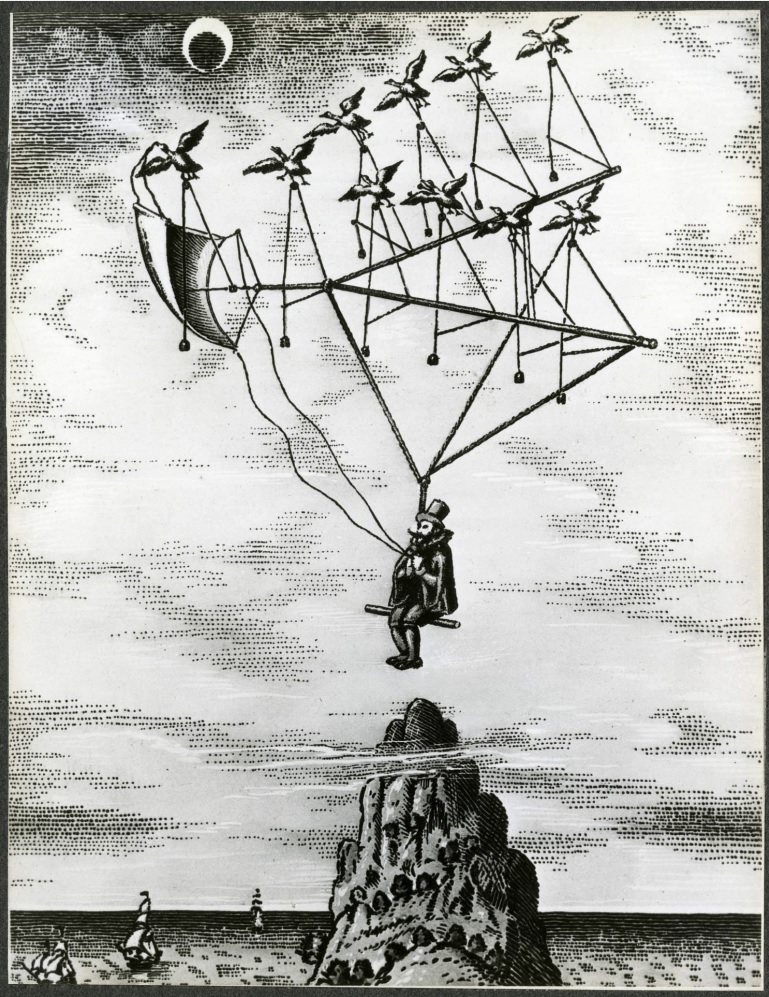
With the launch of Sputnik, the heavens were broken open, and science fiction could be made fact. Indeed, just after the Soviets launched their first satellite, the engineers at Ramo-Wooldrige's (now TRW) Space Technology Laboratories, made plans to build their own Moon rocket out of boosters already in existence, mating the Thor missile they had developed with the Vanguard rocket's second and third stages. With luck, they would have probe around the Moon less than a year after the inauguration of the Space Age.
It was an ambitious plan. Too ambitious. The first of the so-called Pioneers blew up on the launch pad. The next, Pioneer 1, made it halfway to the Moon before, like Icarus, falling back to Earth. Pioneer 2 barely limped out of the Earth's atmosphere before burning up.

So ended the first American Moon program. Enter Jet Propulsion Laboratory (JPL).
Situated across the San Fernando Valley from its rival, JPL was working with Von Braun's Jupiter rocket, the same one that had launched America's first satellite, Explorer 1. Unfortunately, JPL's first attempt, Pioneer 3, also faltered on the way.
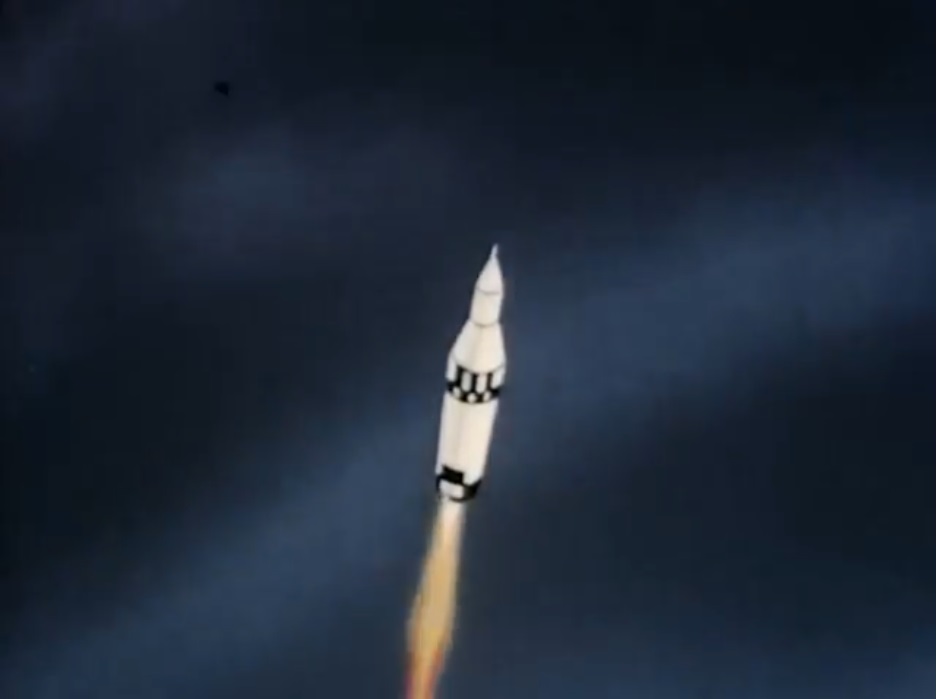
And then came the Soviets' turn.
Red Moon
1959 began with a Dream, a Russian Dream. On January 3, Mechta ("dream") sailed off toward and past the Moon, the first human-made object to become a satellite of the Sun. The American success of Pioneer 4, two months later, was subsequently eclipsed when the second Mechta impacted the Moon in September, depositing Soviet medals upon Earth's companion — the first interplanetary delivery.
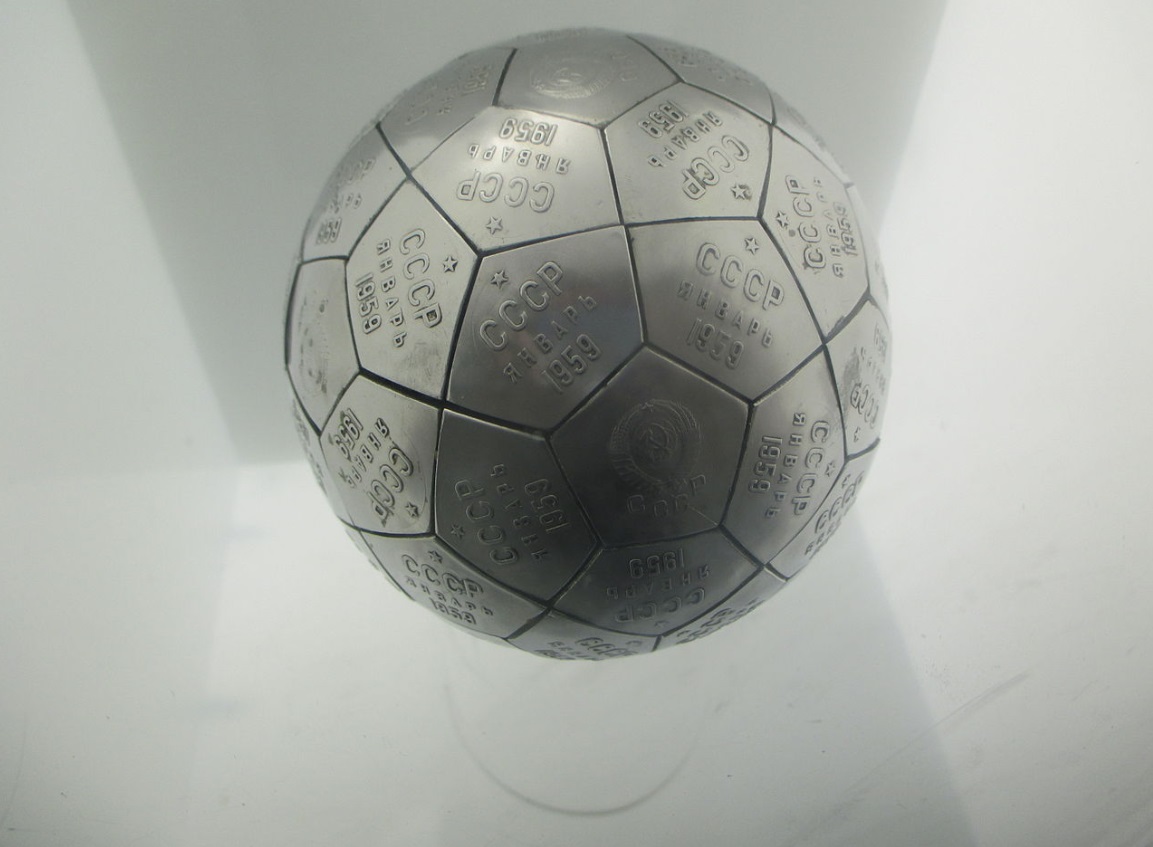
Capping off this lunar tour de force was the Soviet follow-up, called Luna 3, Lunik 3, and Mechta 3. Not only did this probe sail around the Moon, but it took pictures. These missions were not just engineering and prestige shots, they were returning valuable information about the Moon. It had no magnetic field, for instance. The never-before seen Far Side was curiously devoid of the "seas" that mottle its Earth-facing surface.
We had to know more.
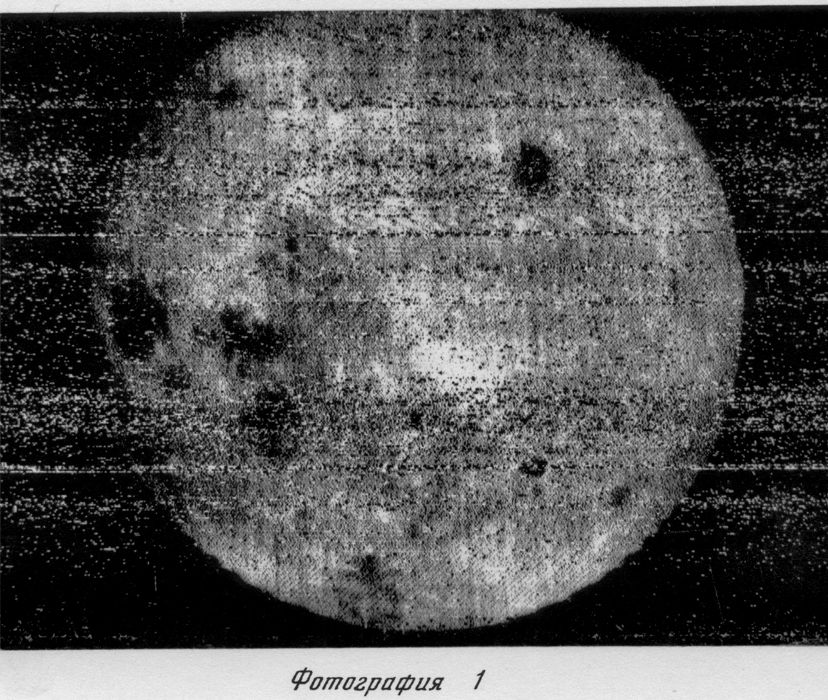
Local Space Race
With JPL batting .500 with its Pioneers, STL decided it needed to do better than its .000 average (though, to be fair, the flight of Pioneer 1 was a triumph for its time). Mating the Vanguard stages of its prior Pioneer rocket to the beefy Atlas ICBM, the boys from Redondo Beach were sure they could launch the first bonafide lunar observatory into orbit around the Moon.
It didn't work. 1959-60 saw four failed attempts, all botched because the bleeding-edge Atlas wasn't yet up to the task (and how reassuring that must have been to the Mercury astronauts who had to ride the thing in a couple of years!)
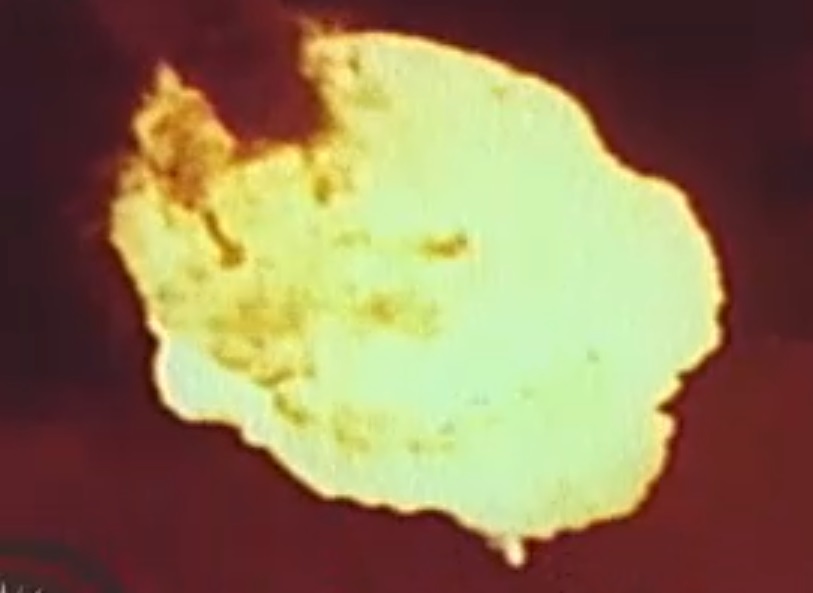
One team's failure is another's opportunity. While the second STL lunar endeavor was ending in tears, JPL was already hard at work on its own second-generation Moon project: Ranger.
Ranger was actually two programs in one. This reflected the tension between the engineers, who wanted a craft that could make it the Moon and return information about its surface (of immediate use to a crewed lunar program), and the scientists, who wanted not only to learn about the Moon, but the space between it and the Earth.
The first two Rangers weren't even built to go to the Moon. Planned to be launched into high orbits on a combination of the Atlas and a powerful second stage called the Vega (this civilian stage later substituted with the military's Agena), Rangers 1 and 2 would measure magnetic fields and the solar wind.

Would, but never did. Ranger 1 and Ranger 2 both were stranded in useless low orbits due to booster malfunctions (plus ça change). On the other hand, the satellites themselves were sound, and a modified Block 1 Ranger became the highly successful Venus probe, Mariner 2, in 1962.
Never mind them. Rangers 3-5 were the real lunar probes, even including giant balsawood pimples on the end, which housed seismometers that could survive impact with the Moon. It was more important than ever that we know what the lunar surface was like now that President Kennedy had announced that we would, as a nation, put a man on the Moon and bring him safely back to Earth before the decade was out.
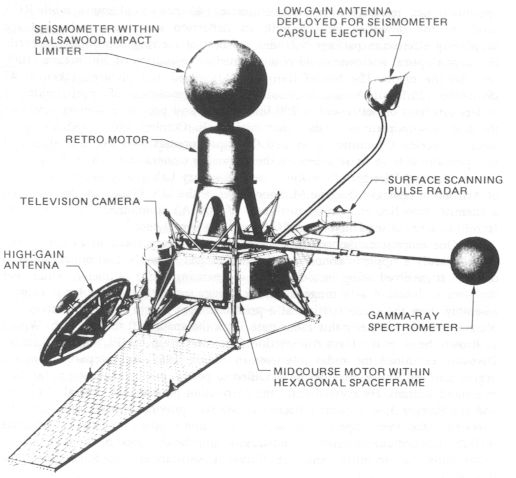
Easier said than done. Ranger 3, launched in January 1962, missed the Moon. Moreover, it sailed past while facing the wrong way. The probe took no useful pictures, and a failure of the onboard computer prevented the acquisition of sky science data.
The identical Ranger 4 was both more and less successful. From a launch and trajectory perspective, it was perfect: On April 26, 1962, Ranger 4 became the first American probe to hit the Moon. Unfortunately, it was an inert frame of metal by that time; NASA might as well have shot a cannonball. In fact, the probe never worked, the first Ranger not to function at all in space.
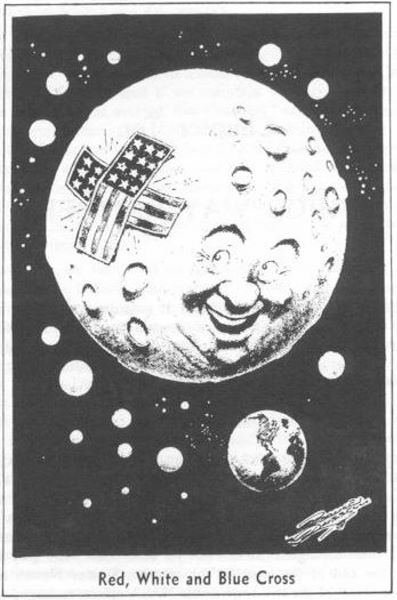
Still, the mission was heralded (rightfully) as a partial success. Surely Ranger 5, last in the Block 2 series, would be a win.
No dice. Ranger 5, launched in October 1962, lost internal power shortly after take-off and sailed silently past the Moon two days later.
Sharper Focus
For those keeping count, the Americans were now 1 for 14 in the Moon Race, a record even worse than that of last year's San Francisco 49ers. As 1962 drew to a close, JPL undertook an internal audit and came to the following conclusions:
- JPL's management structure was unsuited to big, complicated projects like Ranger
- Ranger was too complicated, too dependent on every system working perfectly
- The general scientific objectives conflicted with the specific, Apollo-supporting objectives
The result was a beefed up management staff that would focus primarily on Ranger until the probe worked. And a newer, leaner Ranger.
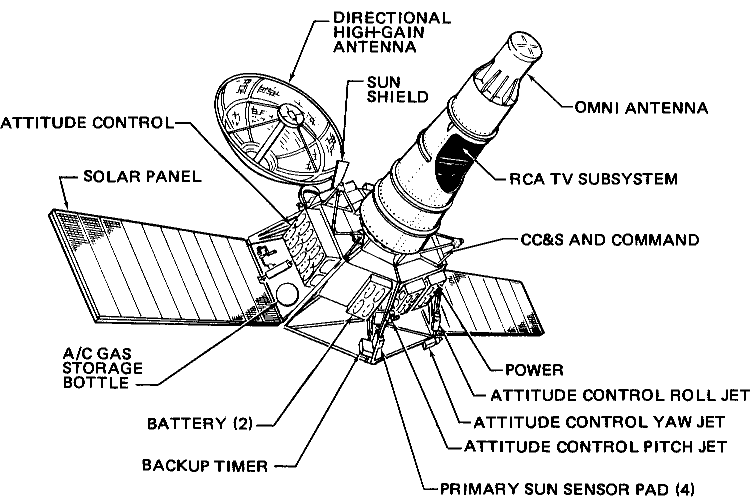
Ranger, Block 3, had one job. It would crash into the Moon, taking TV pictures all the way down. No other science experiments. Up came the hue and cry from scientists, but the decision was made. As it was, it would take at least another year to develop and launch Ranger 6. It had to work.
It didn't.
Ranger 6 had a textbook launch on January 30, 1964. Shortly after the probe reached space, its TV system inexplicably turned itself on and off, but otherwise, all was well. Indeed, Ranger 6 cruised through its mid-flight course correction burn like a dream, pointed straight and true for the Moon's Sea of Tranquility. JPL Director William Pickering felt confident enough to declare, "I am cautiously optimistic."
But when it came time for Ranger 6 to do its job, to take TV pictures of the Moon, it stubbornly refused. The probe impacted the lunar surface without returning a single shot.

Uproar. Six failures in a row. There was serious Congressional talk of shutting down the Ranger program altogether. On the other hand, the mission had been almost entirely successful. There was every reason to believe (or at least hope) that improved check-out procedures on the next, already built, Ranger 7, would lead to a completely successful mission. After a NASA investigation and a Congressional inquiry, JPL was given one more chance.
Dream into Reality
Opportunities for lunar missions come once a month, when the Moon is situated such that the least energy is required for a rocket from Earth to reach it. The latest such apparition started on July 27, the opening of the lunar "window." Ranger 7's powerful Atlas-Agena rocket, now the most reliable part of the mission infrastructure, stood ready on the launchpad. The countdown was steady, until, just 51 minutes before the scheduled launch, a faulty telemetry battery had to be replaced. It was, and the countdown resumed…but the a fatal flaw in a ground guidance component meant that the launch had to be scrubbed.
But only for a day. On July 28, the countdown proceeded smoothly, and at 9:50am PDT, Ranger 7 was sent into orbit. The onboard TV system appeared to be working normally, and half an hour later, the Agena engine fired once more, propelling the spacecraft toward the Moon.
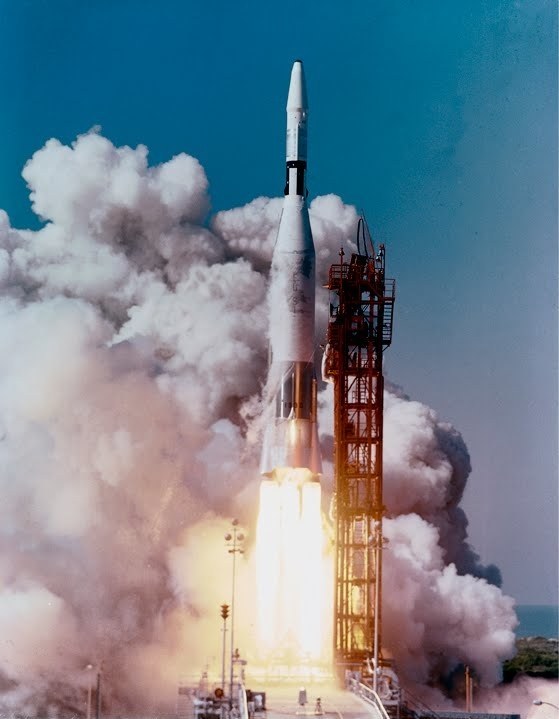
So accurate was this burn that Ranger 7 didn't need a mid-course correction to hit the Moon. However, the path it was to take would carry it to the lunar Far Side, which would make the transmission of TV pictures impossible. A day after launch, a short engine burn aimed the probe directly for its destination: The Sea of Clouds.

In the early morning on July 31, 1964, reporters and cameramen once again filed into JPL's von Karman Auditorium for Ranger 7's final descent. Just six months ago, Ranger 6 had been so disappointing that Walter Downhower, the Chief of the System Design Section who had been the voice over the auditorium speakers that day, refused to ever do that job again.

This time, JPL's George Nichols was the voice of Ranger as it zoomed toward the Moon at 5000 miles per hour. At 3:07am PDT (yes, I stayed up, too), Nichols was able to announce that Ranger's television system and its six cameras were working properly. Three minutes later, the first images taken from the vicinity of the Moon began to pour in as a stream of ones and zeroes on a telemetry stream. Five minutes went by. Still going. Ten minutes. Then, at 6:25 PDT, the hum of Ranger's telemetry abruptly cut off.
But this was a planned cessation — Ranger had hit the Moon!

Where we Stand
In all, some 4,316 pictures were taken of the Moon, all of higher resolution than is possible from Earthbound telescopes. JPL identified dozens of new craters, never before seen. One cluster was probably made by rocks thrown into the sky when the giant impact crater, Copernicus, was formed ages ago, two hundred miles away from where Ranger 7 crashed. More importantly, NASA has gotten its first close-up look of the lunar surface; JPL scientists have identified favorable and treacherous landscapes for the upcoming Apollo missions to land on.
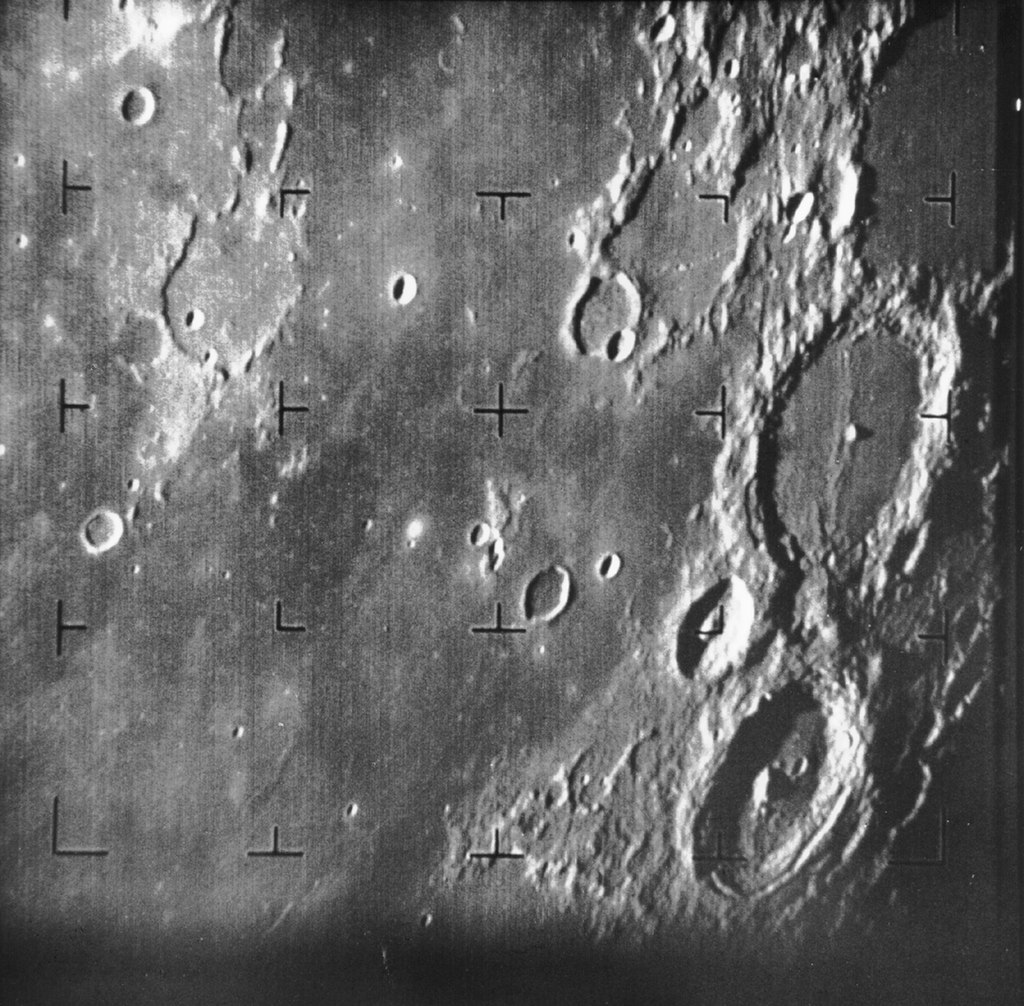
There will be at least two more Block III Ranger flights aimed at other parts of the Moon. Plans to continue the series through to #14 are in doubt given that the upcoming Lunar Orbiter project (managed by Langley Research Center in Virginia) may already be flying by the time the later Rangers are ready.
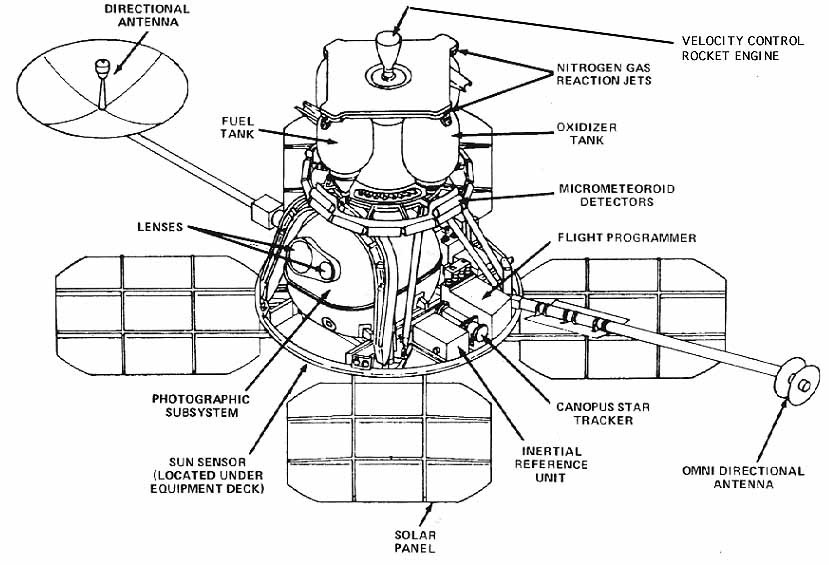
And what about the Soviets? What happened to the madcap competitive days of 1958-9?
As it turns, out, the USSR has had just one lunar probe since then: Luna 4. Launched during the gloomiest days of Ranger, on April 2, 1963, it was highly touted by Soviet news services. Three days later, as the craft approached the Moon, TASS and Izvestia reported that a bonanza of science would be forthcoming.
Then…nothing. The probe sailed past the Moon with hardly any coverage. A couple of conferences scheduled for the discussion of Luna 4's results were quietly canceled. Per the British astronomer, Sir Bernard Lovell, the craft actually failed in its mission to enter lunar orbit.
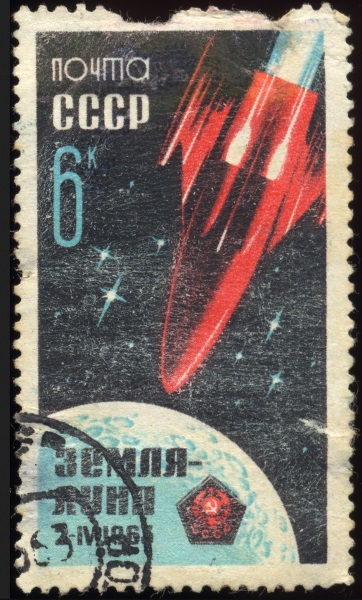
This brings up the interesting possibility that the Soviets have launched other Moon missions and that none of them have been successful enough to be publicly announced. That would explain some of the Kosmos flights about which the Russians have been so terse in their reporting. It may well be that the Soviet Union is finding the Moon as tough a target as the Americans were.
The bottom line, then, is this: After five years of diligent effort (presumably by both of the planet's Superpowers), the Americans have emerged the victors in this second stage of the Moon race.
Who will win the third?

[Come join us at Portal 55, Galactic Journey's real-time lounge! Talk about your favorite SFF, chat with the Traveler and co., relax, sit a spell…]

![[August 1, 1964] On Target (The Successful Flight of Ranger 7)](https://galacticjourney.org/wp-content/uploads/2019/08/640801rangerfirst-672x372.jpg)

